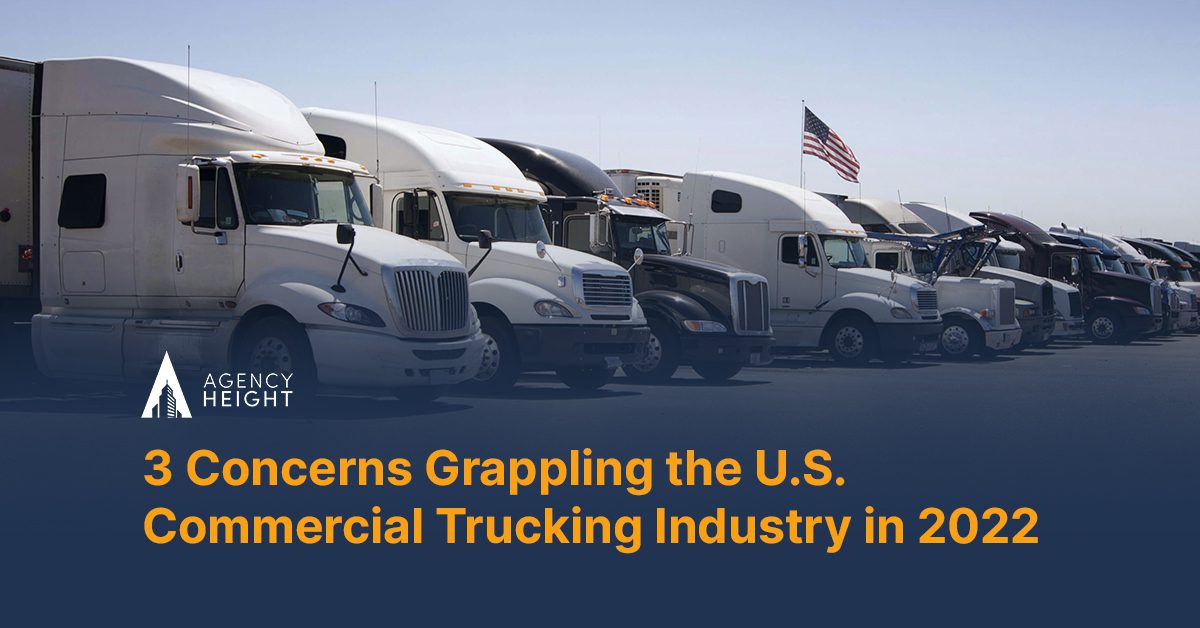3 Concerns Grappling the U.S. Commercial Trucking Industry in 2022

Gas prices start at $4.90 and are rising steadily to even higher levels. The trucking industry comparatively has less alternatives to reduce fuel consumption than other businesses. Gas prices directly affect trucking companies’ and independent drivers’ profits. Also, small trucking businesses are compelled to raise freight charges, putting them at risk of losing their business due to competing trucking companies’ costs.
Transportation experts had long since warned of an oncoming shortage of long-haul trucking drivers. In 2020, the American Trucking Association (ATA) estimated a requirement of 1.1 million new drivers to replace the ones retiring in the next ten years. Now, two years later, the shortage continues due to fewer benefits, health issues, and stagnant wages.
Similarly, Andrew Balthrop, a research associate at the University of Arkansas’ Walton College of Business states:
“The word “shortage” is the wrong terminology. Drivers are not paid enough to keep them in their company. On top of that, the imbalance in work-life, including long work hours, loss of family life, and lack of respect, have significantly decreased truck driver retention.”
All of these issues are grappling with the U.S. commercial trucking industry, which brings us to question the efforts by trucking companies to value these workers. These concerns also question whether the government is regulating the work standards and ethics in the trucking industry.





